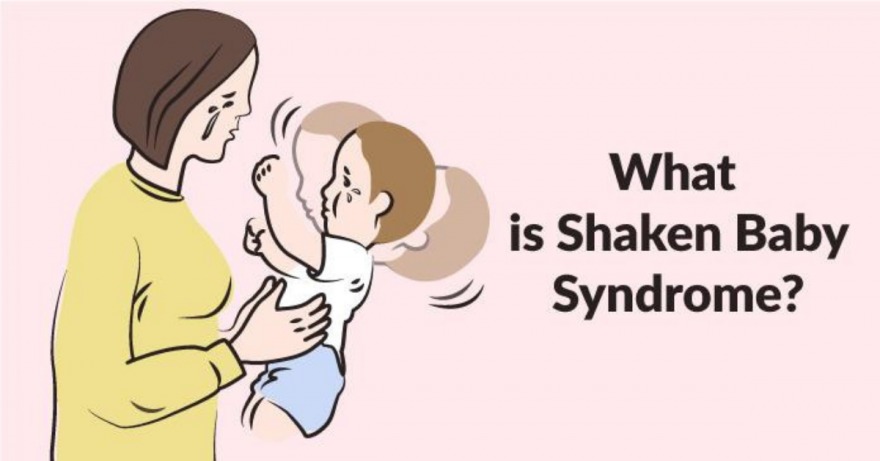Bringing a baby home is at once one of the most exciting yet terrifying times in your life. This is what you’ve been waiting for the last nine months but now this tiny, little human is depending on you to meet all their needs. You may have been told or seen conflicting information about how to care for a crying baby. You can’t spoil your baby by meeting her needs. You are helping her feel secure and loved. Babies who are carried and attended to quickly cry less than babies who only get attention when they cry.

What is Shaken Baby Syndrome?
Shaken Baby Syndrome is caused by the violent shaking of a baby. This causes their brains to move around inside their heads and causes long-lasting brain damage. An infant’s brain is still quite soft and their neck muscles are undeveloped. When they are shaken and brain trauma occurs and can cause long-lasting and irreversible damage. This includes learning disabilities, physical disabilities, behavior issues, blindness, seizures, and death.
Why do parents shake their babies?
It usually occurs in the first year of a baby’s life when caregivers become frustrated by the baby’s crying. Crying is a normal communication tool for your baby. However, parents that are exhausted and at their wit’s end may resort to shaking the baby to make it stop crying. Lack of sleep is a big contributor as is not knowing HOW to help a baby feel secure and happy.
Why do babies cry?
This is their only way to tell you when they need something. They cry to let you know they need
help!
Some reasons babies cry are:
- Hungry
- Too hot or too cold
- Diaper needs changing
- Tired and need help to fall asleep
- Pain or sickness
- Overstimulated (Too much noise, light, talking, toys)
- Bored
- Needs to be held
The fourth trimester is a period of time coined by Dr. Harvey Karp describing the first three months of a baby’s life. This is a time or adjustment for the newborn outside the womb. He suggests mimicking the conditions of the womb to help ease the transition. Babies are used to being held tight and constant movement. They feel very insecure on their own and this can activate the moro reflex which causes babies to startle and start crying. Baby-wearing mimics the feeling of being in the womb. Held tight, safe and secure with the familiar sound of the heartbeat.

Here are some ways you can help a baby that is crying:
- Feed
- Check body temperature
- Go into a quiet, dark room
- Hold your baby
- Swaddle or carry in a sling
- Gently rock your baby
- Offer something to suck
- Add gentle noise like a fan, white noise machine, or make a shhhh sound

Offering a combination of these is often the fastest and easiest way to calm a baby. Carry the baby in a sling. There, the baby can hear your heartbeat and have the benefits of being skin-to-skin. You can offer the breast or a dummy for the baby to suck and swing side-to-side in the sling or go for a walk. Baby will feel safe and happy next to you and will often fall to sleep in a short while. Other caregivers can do the same. Feed the baby and let someone else carry the baby in the sling while you grab some much-needed rest.
Preparation is the best prevention. Swings, bouncers, and rockers are not the same as a living person’s arms. Buy a sling before baby comes, ring slings are best so baby can be skin-to-skin and nurse at the same time. Practice using your sling so you can be ready to use it from the beginning. Buy a variety of dummies as babies can be fussy about which type they prefer. Decide who will be available to help you after the baby is born or even six months later. A family member, neighbor, or friend that you can call when you are at your breaking point. Prepare the numbers to call for paid help as well. Midwives, doulas, night nurses, and counselors are available so have their information ready before the baby comes home.


Leave a Reply